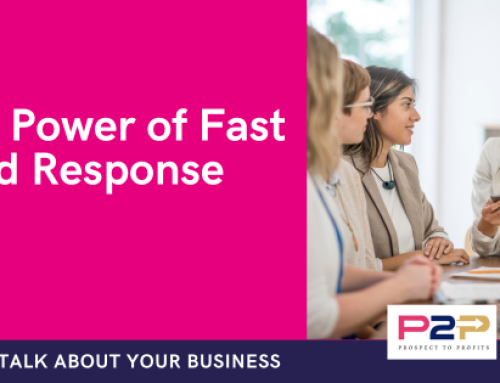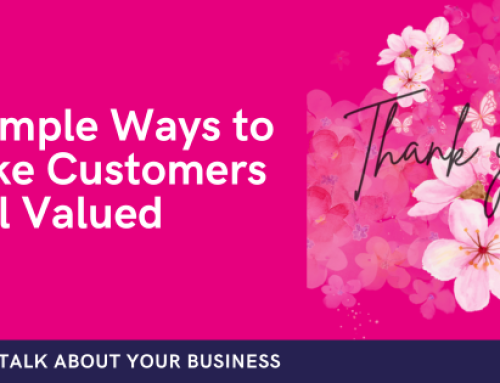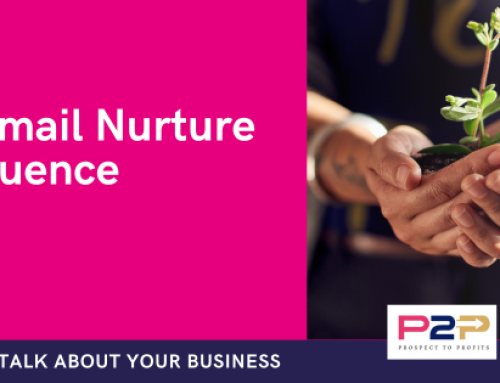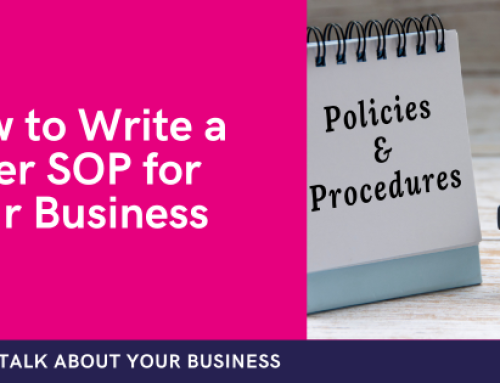How do we learn – by questions of course? Either to the teacher/tutor/instructor/mentor or to ourselves. But also to our potential clients – asking those questions that will enable you to extract the pain and provide the solution. Extracting information, the answers that will identify any synergy or empathy to be given. Finding out about the person, their business and even their hopes and dreams – of which you could be part of.
The other side of the answer is – to our audience. This will give us feedback on knowledge gained and also understanding; enabling us to engage and challenge those that we work with. Open dialogue promotes involvement and a space to learn.
There are many questions – the famous 5 W’s and H (Why, When, What, Which, Where and How); these all prompt an answer but is the framing thought provoking and challenging? Keeping it simple and easy to answer but also encouraging an answer that is true and accurate as well as thought out will provide an avenue of exploration and relationship building.
On the other side of the coin are the closed questions such as a 50/50 question which require a yes/no answer – you should always follow these up with a Why – therefore ensuring it wasn’t a guess.
Rhetorical questions are used when an answer is not required immediately but perhaps an opportunity for the answer to be explored from the individual – either then and there or later when time permits.
Teaching questions in a learning environment are far more effective that shopping list lessons. Engaging the audience to think about the answer, link with prior learning and have a thought process will stay with them longer than the ‘expert’ giving all the answers in a shopping list. Have we seen those individuals who are able to recite long lists of information; such as pi 3.1472 to maybe 100 digits or a list of unlinked objects? It’s a story. They use a story to link all the objects and recite them – really ingenious but actually we can learn anything if we put a mind to it. But if you’ve just been given a short time span to pass on some knowledge it’s important to use that time effectively – perhaps using other information to help with recall; such as characteristics, short stories to capture interest and relating it to prior knowledge to build on like building bricks to build a structure.
Questions enable us to get to know someone and for a relationship to be started. We all know the Know-Like-Trust formula for business to take place and I would add that perhaps this relationship is still required in order to learn. For a learning environment to be created this process has to be speeded up – you may only have minutes to build rapport and gain the attention of your audience. What openers work well for you? Is it a question or perhaps a joke; do you use visuals such as video or images to gain a reaction?
Are you using effective questioning throughout your training or indeed learning? Do share your best type of questions below.
Busy business owners and successful trainers all struggle from time to time to get everything done in the working day. That’s why we put together our list of favourite tips, tricks, and real life examples that you can use to start doing more with the time you have. Download your free copy here
Learn how you can work with Virtual Hand; how your business can grow and how you can communicate better with your audience.




